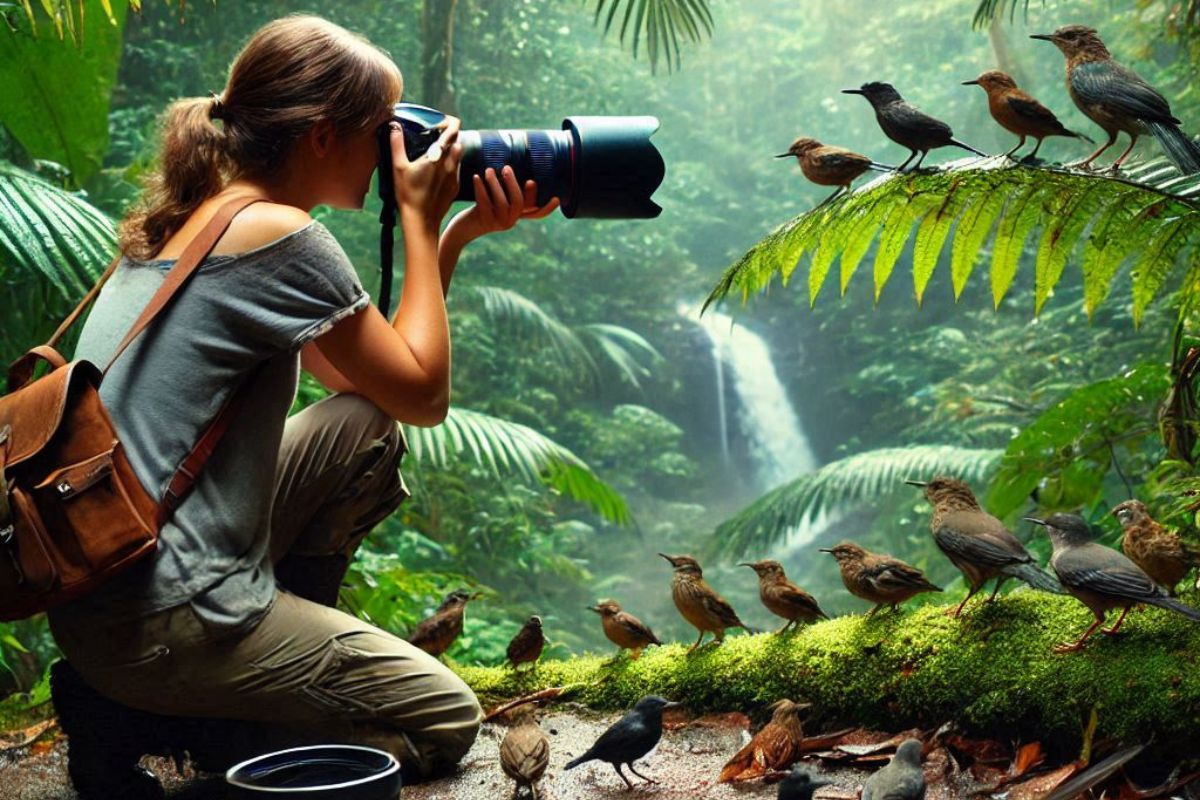Travel photography is an art that blends technical prowess with a keen eye for the story behind the lens. Whether you’re a seasoned photographer or a casual traveler, capturing stunning photos on your vacation is a delightful way to relive your adventures and share them with others. Here’s a guide to help you get the best shots during your travels, complete with essential tips and a camera settings.
Research and Plan
Before you even leave for your destination, do some research. Find out the iconic spots, the hidden gems, and the best times for lighting. Planning can make a huge difference in your photography.
- Golden Hour: Early mornings and late afternoons provide soft, warm light that’s ideal for photography.
- Blue Hour: Just before sunrise and after sunset, the sky takes on a deep blue hue, perfect for atmospheric shots.
- Weather: Check the weather forecast to plan your shoots around clear skies or dramatic clouds.
Know Your Gear
Familiarize yourself with your camera’s settings. Whether you’re using a DSLR, mirrorless camera, or even a smartphone, knowing how to adjust the settings will give you more control over your shots.
- Aperture (f-stop): Controls the depth of field. A low f-stop (e.g., f/2.8) will blur the background, highlighting your subject. A high f-stop (e.g., f/11) keeps everything in focus.
- Shutter Speed: Determines how long the camera’s sensor is exposed to light. Use a fast shutter speed (e.g., 1/1000s) for action shots and a slow shutter speed (e.g., 1/30s) for low light or motion blur effects.
- ISO: Adjusts the camera’s sensitivity to light. Keep it low (e.g., ISO 100) in bright conditions and increase it (e.g., ISO 800) in low light. Be mindful of noise at high ISO levels.
Composition Techniques
A well-composed photo can transform a simple scene into something extraordinary. Here are some techniques to enhance your composition:
- Rule of Thirds: Imagine your frame divided into nine equal parts by two horizontal and two vertical lines. Place your subject along these lines or at their intersections for balanced, engaging photos.
- Leading Lines: Use natural lines (roads, rivers, fences) to guide the viewer eye through the photo.
- Framing: Use elements like archways, windows, or foliage to frame your subject and add depth to your photo.
- Symmetry and Patterns: Look for symmetrical scenes or repetitive patterns for visually satisfying shots.
Capture the Local Flavor
One of the joys of travel photography is capturing the essence of a place. Here are some tips to make your photos more meaningful:
- People and Portraits: Engage with locals and capture their portraits. Ask for permission and take your time to make them feel comfortable.
- Food and Markets: Photograph local cuisine and bustling markets to showcase the culture and daily life.
- Landscapes and Cityscapes: Don’t just focus on the grand landscapes; include elements that tell the story of the place, like traditional architecture or unique street scenes.
Post-Processing Tips
Editing your photos can enhance their impact and bring out the best in your shots. Here are some basic tips for post-processing:
- Cropping and Straightening: Adjust your composition and horizon lines.
- Exposure and Contrast: Fine-tune the exposure, contrast, and shadows to add depth and dimension.
- Color Adjustment: Enhance or correct colors to make your photos pop.
- Sharpening and Noise Reduction: Improve the clarity of your photos while reducing any noise from high ISO settings.
Best Cameras on the Market
- Fujifilm X100VI: Known for its stunning retro design and high-quality image sensor, this compact camera is perfect for travel.
- Nikon Z6III: A versatile full-frame camera with excellent low-light performance and fast autofocus.
- Sony ZV-E1: Ideal for vloggers, this camera offers great video quality and a flip-out screen for self-recording.
- Canon EOS R10: A budget-friendly option that doesn’t compromise on features, making it great for beginners.
- DJI Osmo Action 5 Pro: A rugged action camera that’s perfect for capturing your adventures in high-quality video.
Essential Camera Maintenance Equipment
- Rocket Blower: A must-have for removing dust from your camera sensor and lens.
- Lens Pen: Useful for cleaning the lens without scratching it.
- Microfiber Cloths: Gentle on lenses and screens, perfect for wiping away fingerprints and smudges.
- Lens Wipes: Pre-moistened wipes for quick and easy lens cleaning.
- Sensor Cleaning Swabs: For deep cleaning the camera sensor.
- Camera Bag: Protects your gear from dust, moisture, and impact.
- Moisture Absorbing Silica Gel Packs: Keeps your camera bag and gear dry, especially in humid conditions.
- Lens Caps and Filters: Protects the lens from scratches and damage.
- Tripod: Ensures stability for your shots and reduces camera shake.
- Battery Charger and Extra Batteries: Keep your camera powered up and ready to shoot.
Regular maintenance and cleaning of your camera gear can significantly extend its lifespan and ensure it performs at it’s best. Always store your camera in a dry, cool place and handle it with care to avoid any damage.
Conclusion
Travel photography is about more than just snapping pictures; it’s about capturing memories and experiences. By planning, mastering your camera settings, and focusing on composition and storytelling, you can create beautiful images that transport you back to your adventures. So, pack your camera, keep these tips in mind and get ready to capture the world through your lens.
Happy shooting!
